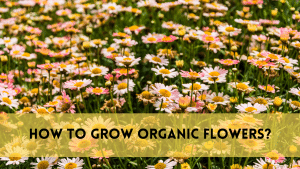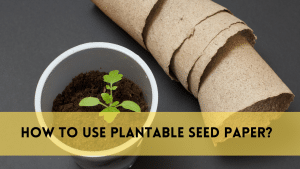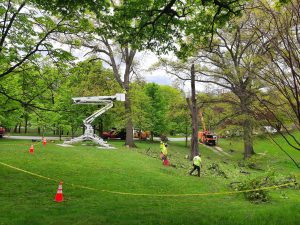Welcome to the mesmerizing world of flowering trees in Florida, a lush tapestry of nature’s splendor that we have created specifically for Houston Heights Tree Service. In the Sunshine State, where each season creates a bright picture, these blossoms are living testaments to the region’s abundant biodiversity. This guide, carefully curated with simplicity in mind, invites you to discover the numerous species that dot Florida’s landscapes. From the iconic orange blooms to the delicate petals of the dogwood, our journey transcends the commonplace, bringing you to see the botanical symphony that defines this tropical sanctuary. Whether you’re an arborist, a gardening enthusiast, or simply fascinated by nature’s wonders, this book will help you unlock the secrets of Florida’s flowering trees. Join us We go through the seasons, uncover the best growing procedures, and decipher the stories these blossoms tell in the warm Florida breeze. Let the adventure begin, and may this guide encourage you to connect with the lush splendor of Florida’s blossoming treasures.
Flowering Trees in Florida
Here is a list of native flowering trees in Florida:
- Southern Magnolia (Magnolia grandiflora)
- Redbud (Cercis canadensis)
- Sweetbay Magnolia (Magnolia virginiana)
- Dogwood (Cornus florida)
- Bald Cypress (Taxodium distichum)
- Chickasaw Plum (Prunus angustifolia)
- Fringe Tree (Chionanthus virginicus)
- Red Maple (Acer rubrum)
- Eastern Redbud (Cercis canadensis)
- Flatwoods Plum (Prunus umbellata)
The Diversity of Flowering Trees in Florida
Join us on a botanical journey through the lush tapestry of flowering trees that grace Florida’s surroundings. The Sunshine State has a remarkable assortment of blooms, each of which contributes to the bright mosaic of its ecosystems. From the wild and flamboyant Hibiscus to the quiet elegance of the Magnolia, Florida’s floral trees enchant with their variety. Palms sway softly, their fluffy fronds whispering tales of tropical charm, and Bougainvillea colors fences and arbors in pink and purple. During full bloom, the renowned Orange Blossom, which is associated with Florida’s citrus heritage, emits a fragrance charm that pervades the air. Our journey takes us through this botanical kaleidoscope, shining light on the distinguishing qualities that make each species a monument to Florida’s natural beauty. Join us as we appreciate the diverse beauty of these blossoms and uncover the stories woven into the fabric of Florida’s flora.
Native vs Non-Native: Understanding Tree Species
The distinction between native and non-native flowering plants is critical in Florida’s complex ecosystems. Native species, which are naturally adapted to the state’s climate and soil, play an important role in Florida’s ecosystem. These trees, ranging from the tenacious Sabal Palm to the stately Live Oak, contribute to the region’s biodiversity while also providing habitat for local fauna.
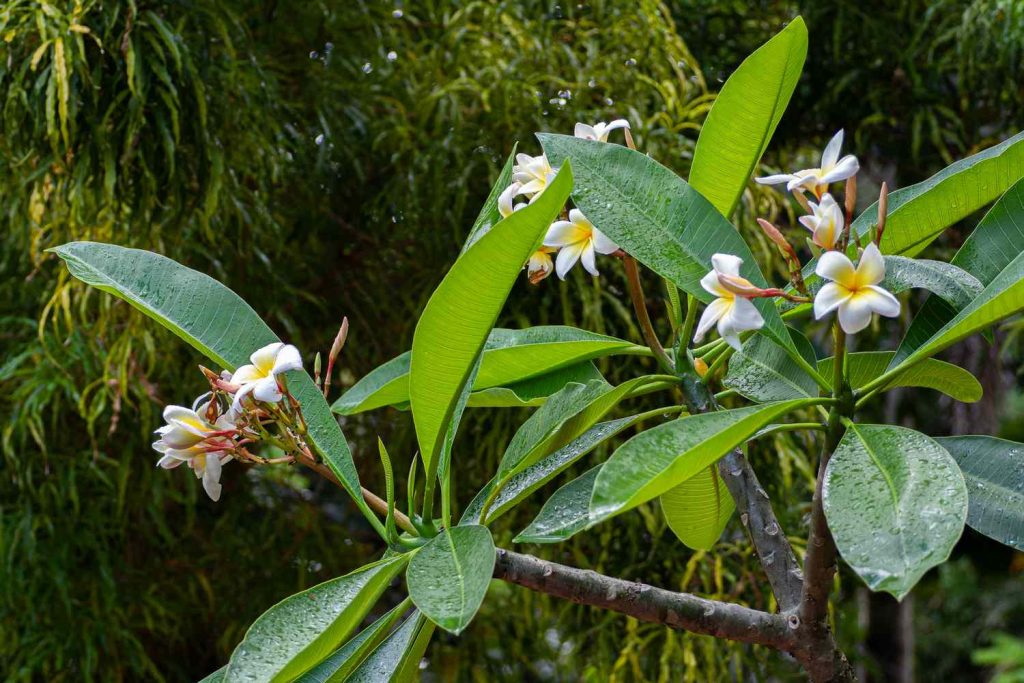
Non-native species, while frequently aesthetically beautiful, can present ecological issues. Our investigation explores this duality, offering insight on the qualities that distinguish each category. Learn about the ecological implications of protecting native species and the issues involved in introducing non-natives into the area.
Understanding this balance as custodians of Florida’s natural beauty guarantees that the state’s native flora and the enticing attraction of non-native blooming trees live harmoniously. Join us on this informative journey as we explore the complex relationships between native and non-native tree species in Florida.
Best Locations for Flowering Trees in Florida
Embark on a visual feast for the senses as we walk you through the best spots in Florida to see the stunning sight of flowering trees. The state is dotted with scenic areas that highlight nature’s rich palette, transforming every corner into a floral refuge.
Explore the rich grounds of Bok Tower Gardens, where azaleas and camellias form a stunning show. The historic Leu Gardens in Orlando welcomes visitors with a diverse array of tropical palms and exotic orchids. For a coastal floral feast, the Fairchild Tropical Botanic Garden in Miami is a tropical oasis.
Don’t miss the lovely canopy of blooming trees at Harry P. Leu Gardens or Mounts Botanical Garden’s breathtaking views. These areas not only provide a visual feast but also function as educational centres, highlighting the rich flora that graces Florida’s unique ecosystems. At these carefully selected places, embark on a botanical trip and immerse yourself in the splendor of flowering trees.
Planting Tips for Optimal Growth
Explore the art and science of growing healthy flowering trees in Florida’s vivid landscapes. Tree planting takes careful consideration of soil, climate, and species features. Begin by picking the appropriate tree for your site, taking into account elements such as sunlight, soil type, and drainage.
Ensure that your chosen location allows for adequate spacing, providing each tree the freedom to spread its roots and canopy. When planting, dig a hole slightly wider than the root ball to provide loose soil for the roots to grow in. Water your newly planted tree deeply and consistently, especially in the early phases of growth.
Mulching around the base conserves moisture, suppresses weeds, and regulates soil temperature. Regular pruning, especially during the dormant season, promotes healthy growth and structure. By following these planting suggestions, you’ll set the foundation for optimal growth, allowing your blooming trees to thrive and add beauty to your surroundings for years to come.
Common Pests and Diseases: A Preventive Guide
Protecting your flowering trees from potential hazards is critical to maintaining their health and vitality. Pests and illnesses pose a threat to Florida’s botanical wonderland. Stay ahead of the curve with our preventive guide to help your trees thrive.
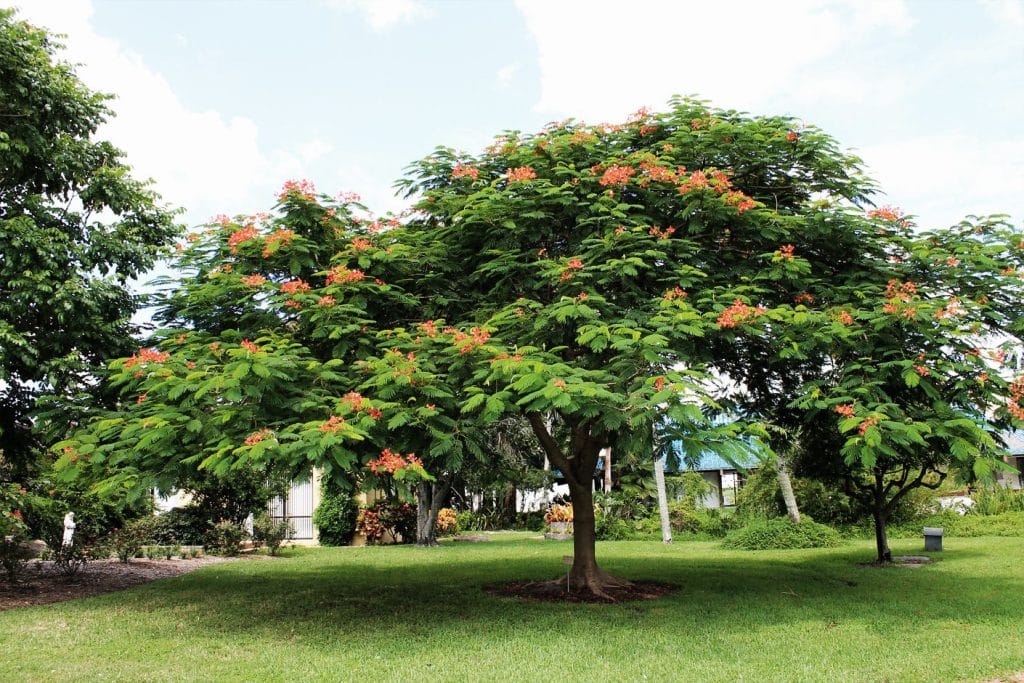
Scale insects and aphids, two common pests, can be treated with natural predators or horticultural oils. Inspect your trees regularly for signs of infestation, such as deformed leaves and sticky residue. Fungal diseases such as powdery mildew and root rot require treatment. Ensure proper watering methods, allowing soil to dry between waterings, and use fungicides as needed.
Prevention is essential: create proper air circulation, adopt disease-resistant varieties, and keep a close eye on your trees. Implementing these preventive steps protects your blooming trees from pests and diseases, maintaining their longevity and continual bloom. A proactive strategy is essential for creating a thriving, disease-resistant botanical sanctuary in your Florida environment.
Seasons of Blooms: When to Expect the Spectacle
Experience nature’s rhythmic dance as we take you through the lovely seasons of blossoming trees in Florida. Each season brings a new sight, adding to the ever-changing landscape of the Sunshine State.
Springtime Extravaganza
Enjoy the beauty of the bright blossoms that cover the countryside. Dogwoods, azaleas, and cherry blossoms bloom in shades of pink and white, creating a gorgeous symphony. The fragrant air carries the promise of fresh beginnings as gardens come alive with the colorful vitality of blossoming trees.
Related Posts:
Summer Blossoms: Dealing with the Heat
As summer brings warmth to Florida, resilient flora such as crape myrtle and oleander take the stage. These hardy trees flourish in the heat, displaying vivid colors and bringing a touch of tropical elegance to the environment. Discover how to nurture your flowering trees through the summer heat for a continual, magnificent show.
Take a journey through eight seasons, each revealing a chapter of the botanical wonders that make Florida a haven for blooming tree lovers.
FAQS
Can I grow blooming trees in my backyard in Florida?
Absolutely! Florida’s climate supports a wide range of flowering trees. Choose Crape Myrtle or Dogwood for a magnificent outdoor display.
Do blossoming trees attract wildlife?
Yes, many flowering trees attract birds, butterflies, and bees, helping to create a healthy and dynamic ecology.
How frequently should I water my flowering trees?
Watering frequency varies according to the species and weather conditions. In general, heavy watering once a week is beneficial for keeping the soil hydrated.
Is there any endangered blooming tree species in Florida?
While few are endangered, certain native species are threatened. Supporting conservation initiatives and planting native trees can help to ensure their preservation.
What is the lifespan of flowering trees in Florida?
The longevity varies by species, but with proper care, many blooming trees can live for decades.
Conclusion
The story of flowering trees in Florida unfolds with brilliant hues and natural grace over landscapes. As we complete our voyage through the botanical delights of the Sunshine State, we hope this guide has shed light on the wide world of flowering trees for Houston Heights Tree Service. From natural jewels to meticulously managed non-natives, each species contributes to Florida’s diverse flora. Understanding the delicate balance between native and non-native species, investigating ideal planting procedures, and protecting against common pests and diseases will lead you down the path of cultivating and preserving the natural beauty that surrounds you.


